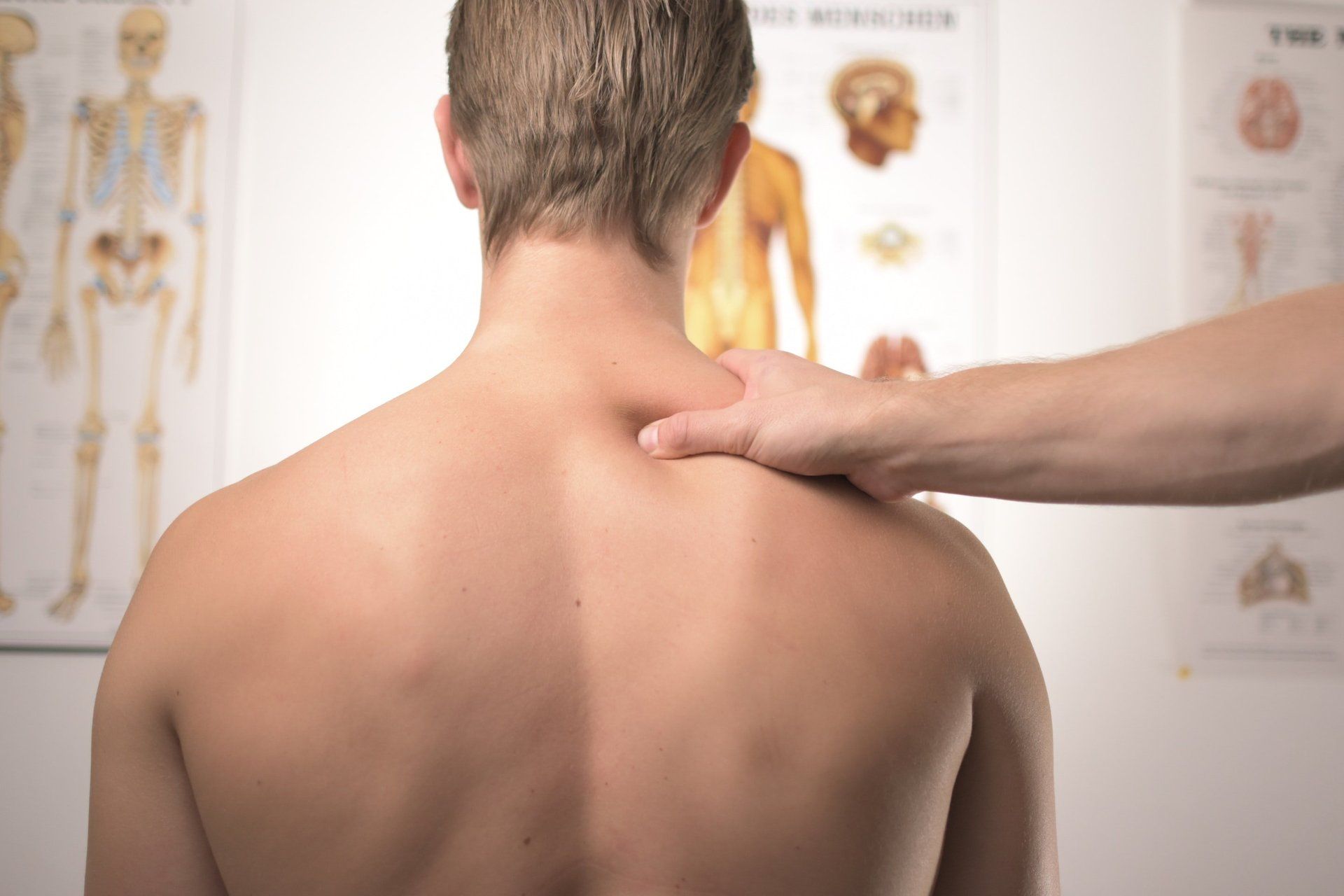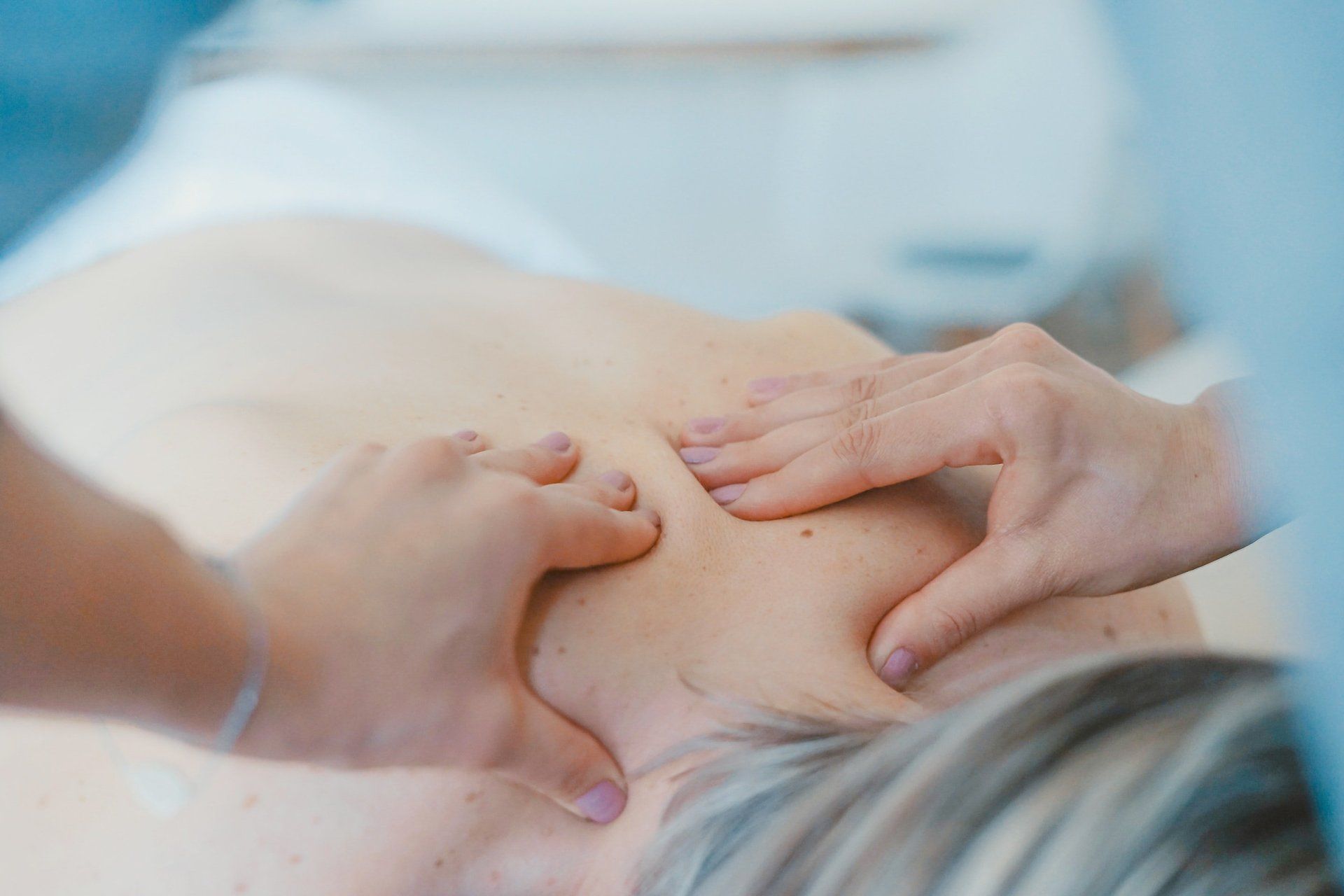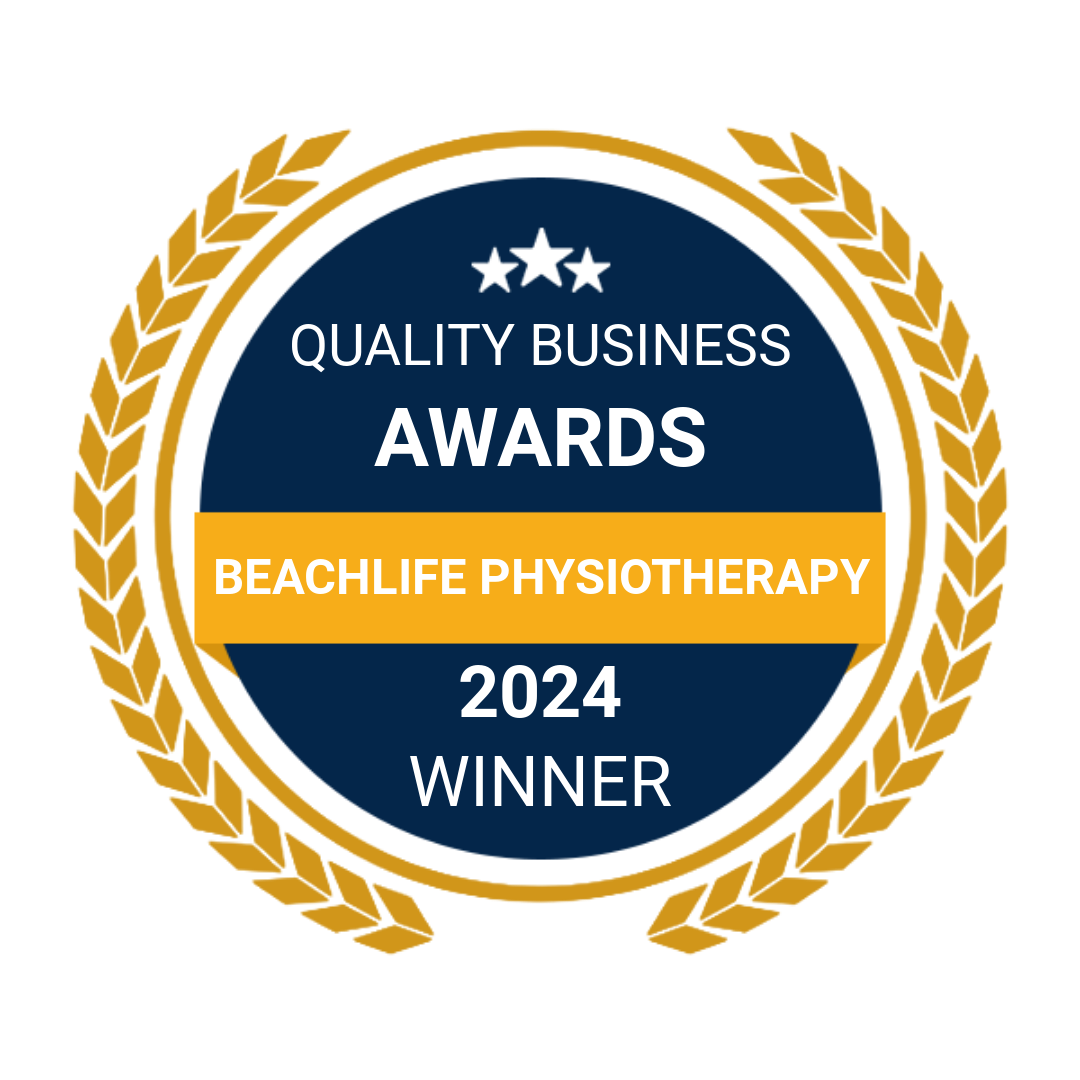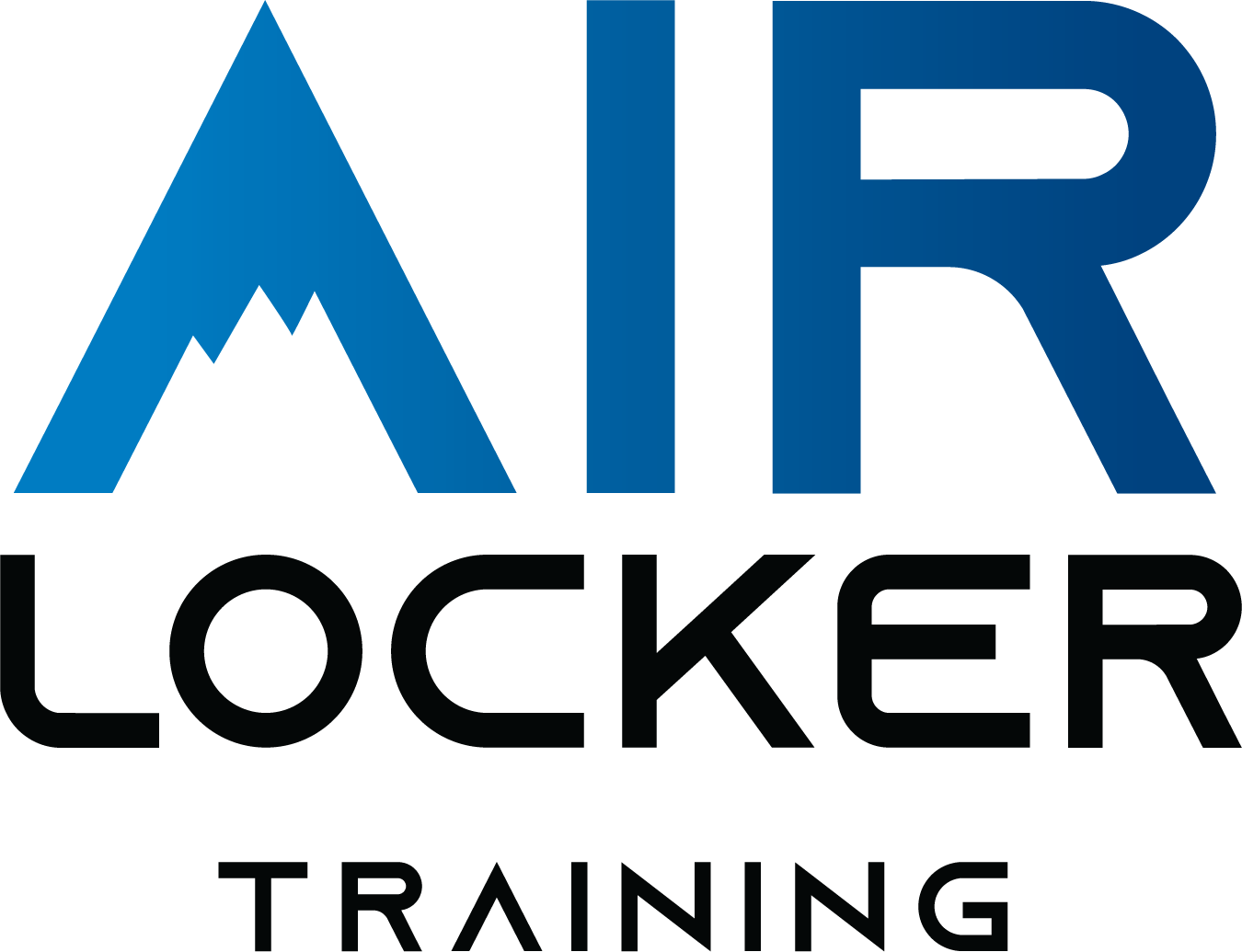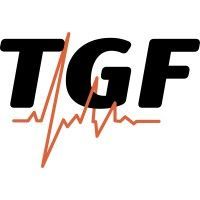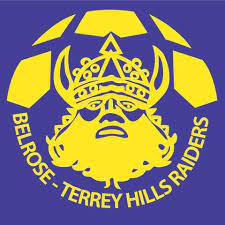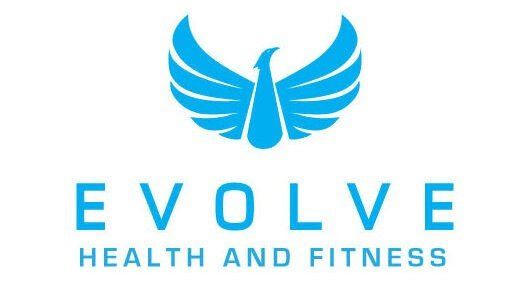Do you fear your foam roller?
BeachLife Physio • 1 June 2020
Foam Roller Strengthening Exercises
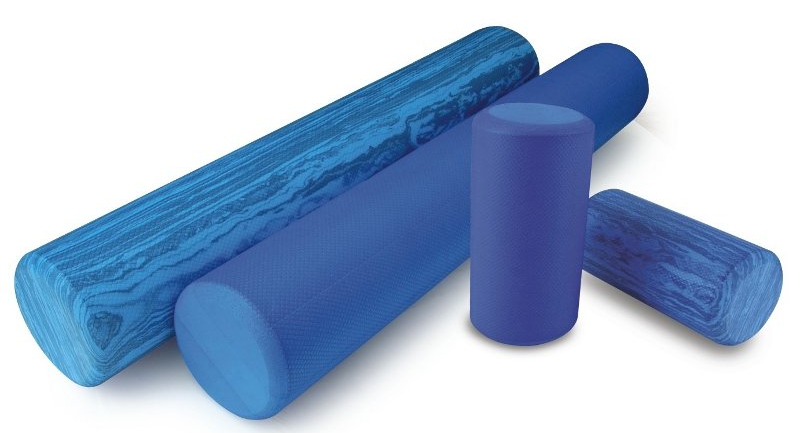
1. The Romanian Deadlift
- Place one flat end of your foam roller on your right foot and place your right hand on the other end, near your hip
- Slightly flex the left knee and then with your right foot off the ground, hinge forward at the hips
- Use your left gluteal muscles to stabilise the left leg and hinge as far forward as comfortable
- Repeat 10 times, and then repeat the process on the left side
- AIM FOR: 2 sets of 10 reps (each side)
2. The Bird-Dog: Roller Edition
- Place a towel over your roller to protect if from your knees
- Knell with your hands underneath your shoulders and both knees on the roller
- While engaging your core, slowly straighten your right arm and left leg, while ensuring you stay balanced on the roller
- Return to the kneeling position slowly, and then repeat with the left arm and right leg
- AIM FOR: 3 sets of 12 (6 each side)
3. Tabletop Heel Taps
- Lay down on your foam roller with the roller running along your spine
- Lift both feet from the floor and have both your hips and knees bent to 90 deg (I.e. tabletop)
- Ensuring your back stays flat on the roller, touch the ground slowly with one heel then return to the tabletop position and repeat with the opposite leg
- AIM FOR: 2 sets of 20 (10 each leg)
4. Scapula Control: Roller Edition
- Place your foam roller horizontally against the wall at approx. chest height
- Rest both of your forearms against the roller and stabilise your shoulder blades by slightly squeezing them together
- Roll the roller up and down with your forearms, ensuring your shoulder blades stay steady and slightly squeezed together
- AIM FOR: 2 sets of 12
5. Single Leg Squat: Roller Edition
- Place one end of your foam roller against the wall at hip height
- Press your hip into the other end of the roller and life the foot closest to the wall up from the ground
- While actively pressing the roller into the wall, perform a shallow single leg squat ensuring that your knee stays over your toes as you do
- Mirror the position and perform on opposite sides
- AIM FOR: 2 sets of 10 (each side)
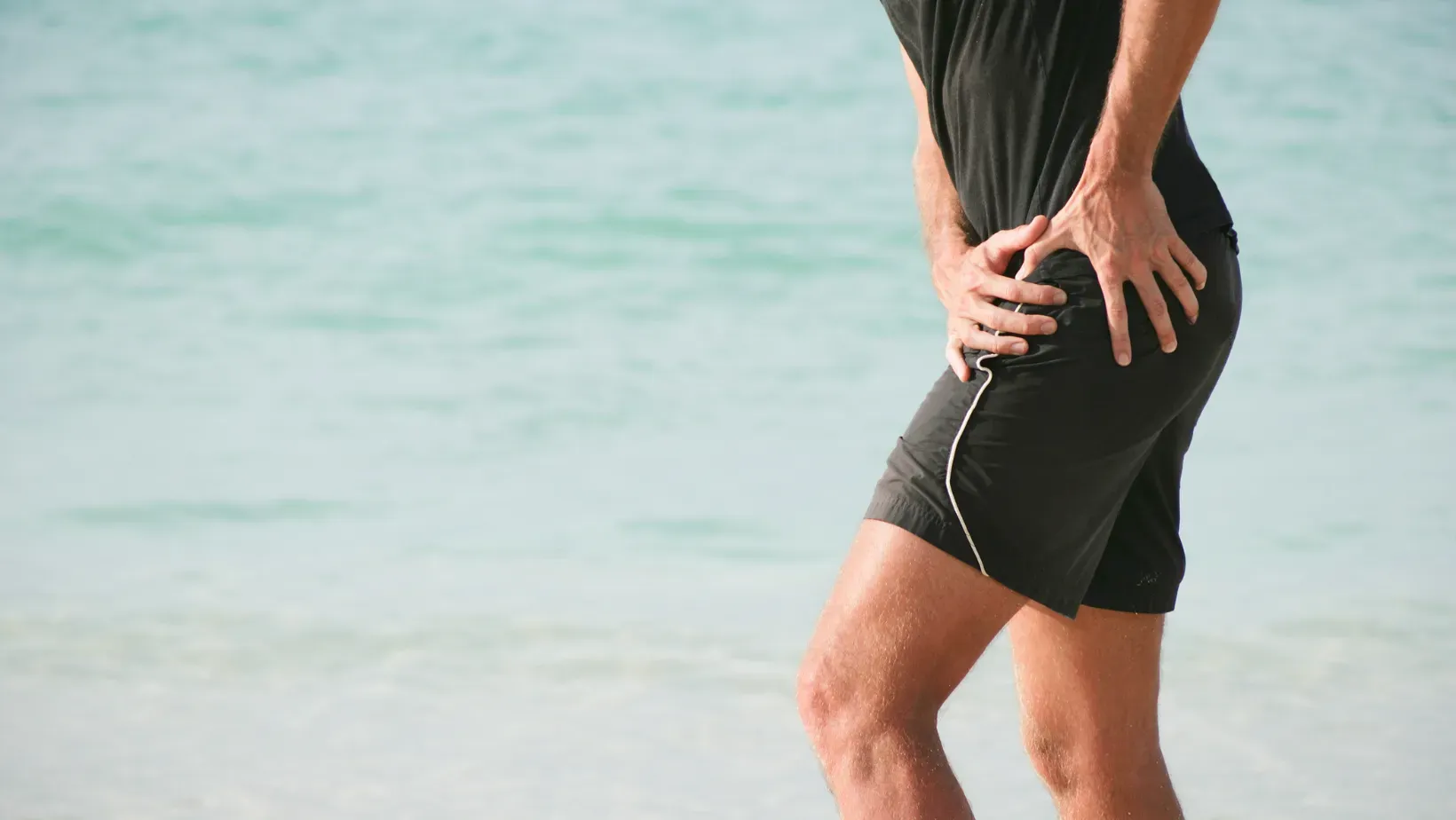
Severe gluteal tendinopathy isn't just about weak hips - psychological and lifestyle factors play a big role too. Plinsinga et al (2018) found that people with severe cases had more pain catastrophizing, lower activity and poorer quality of life - yet their hip strength and circumference were similar to milder cases. This shows why it's important to look at the whole picture. Mental health, activity habits, body composition and pain perception all matter. If your hip pain isn't improving, it might be more than just a physical issue - addressing lifestyle and psychological factors can be just as important as rehab.

Overuse injuries in young athletes can sneak up quietly - but catching them early makes all the difference. Here are a couple of things to monitor while your child is actively participating in their favourite sport. Understanding the risks of overuse injuries can help you stay alert to new aches and pains your little athlete may be feeling. 1. Monitor load Overtraining is the biggest risk factor for overuse injuries. Depending on the sport, training for hours may not be up for discussion, so make sure you prioritise proper rest when they are not training. Training >20 hours/week triples the risk of overuse injuries (NATA Position Statement, 2011) 2. Monitor growth Big growth spurts are another risk factor for injury - during this time, stay alert to any changes in your athlete (how they walk/perform and pain complaints) This may be a time to try reduce load where possible, or adapt training. Injury risk increases during growth periods due to: 1. Temporary decrease in flexibility and coordination 2. Muscle imbalances (e.g, quadriceps stronger than hamstrings) develop 3. Apophyseal growth plates are vulnerable 4. Neuromuscular control declines 3. Proactively act on pain - especially at joints Growth plates are all around the body and are particularly vulnerable during periods of rapid growth. Common sites include; knee, heel, wrist, elbow, hip, shoulder Kids shouldn't be in lots of pain! New or sudden pain needs to be addressed quickly - especially any pain near joints as this is where a lot of their growth plates are. Don't wait until it hurts - spot it early, treat it smart!
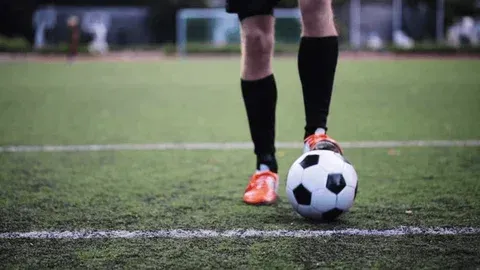
Coming back after an injury isn't just about feeling good - it's about being ready! That's where your physio steps in. Through a Return to Sport Assessment, your physio checks: 1. Strength & power symmetry 2. Balance & movement control 3. Confidence & readiness to compete 4. Sport-specific performance tests It's not just about getting back - it's about staying back! If you're working toward your comback, ask your physio about an RTS assessment today!
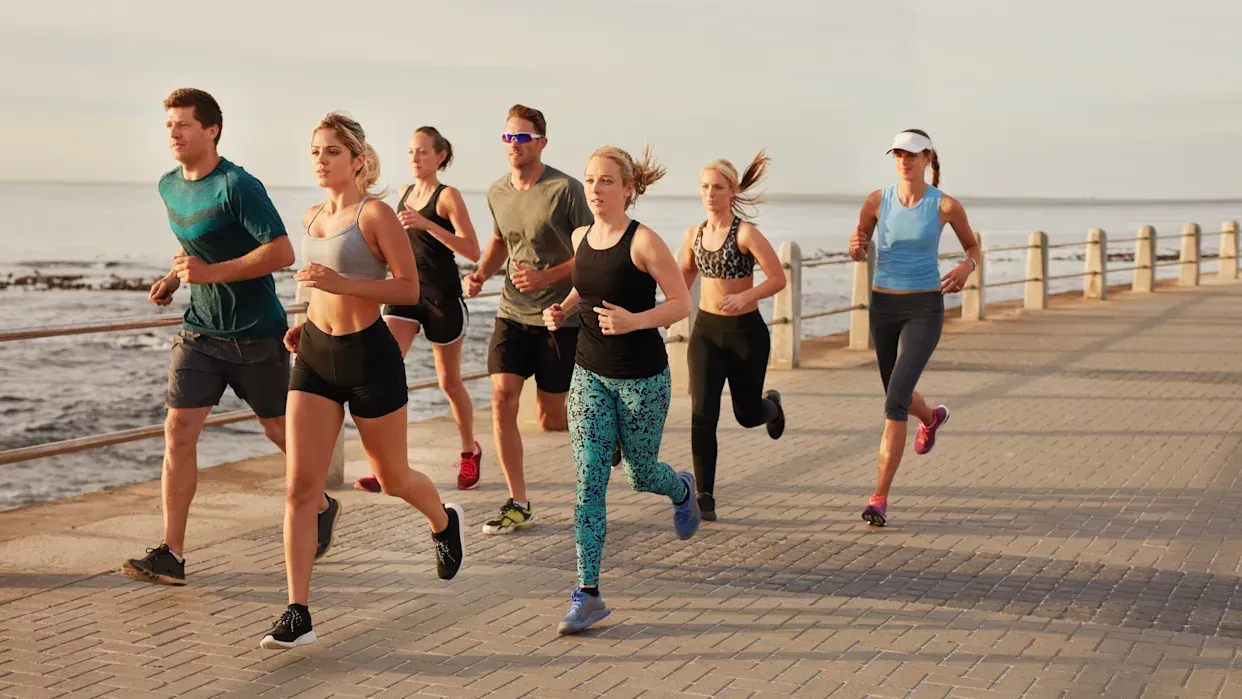
Find out how to settle a high heart rate! First: Why it happens? Your heart rate can spike for many reasons - not always fitness related. Common causes: 1. Starting too fast 2. Hot or humid weather 3. Hills / Elevation 4. Fatigue or poor sleep 5. Caffeine / Stress / Dehydration STEP 1: Slow your pace early If your HR climbs quickly in the first 5-10 min: Ease back until you can speak full sentences again (Zone 2-3 range) You should feel under control, not chasing your watch. Your heart rate will settle once your body warms up. STEP 2: Focus on controlled breathing Try a rhythmic breathing pattern like: 3 step inhale - 3 steps exhale (for easy runs) 2:2 or 2:1 for faster efforts This helps calm your nervous system and lower your HR naturally. STEP 3: Check your environment + hydration If it's hot, your HR will rise 5-10 bpm for the same effort. Run earlier or in the shade Drink fluids / electrolytes Adjust your pace, not your target HR STEP 4: Use effort zones, not just numbers HR is useful, but not perfect. Combine with: RPE (Rate of Perceived Exertion) 1-10 scale of how hard it feels. Talk test: If you can't talk = Too hard for easy runs. STEP 5: If it stays high consistently If your HR is elevated across multiple runs: You might need a recovery day or easy week. Check for overtraining, poor sleep, stress, illness, or dehydration. A persistently high resting HR >5-10 bpm above normal) is a flag to rest.
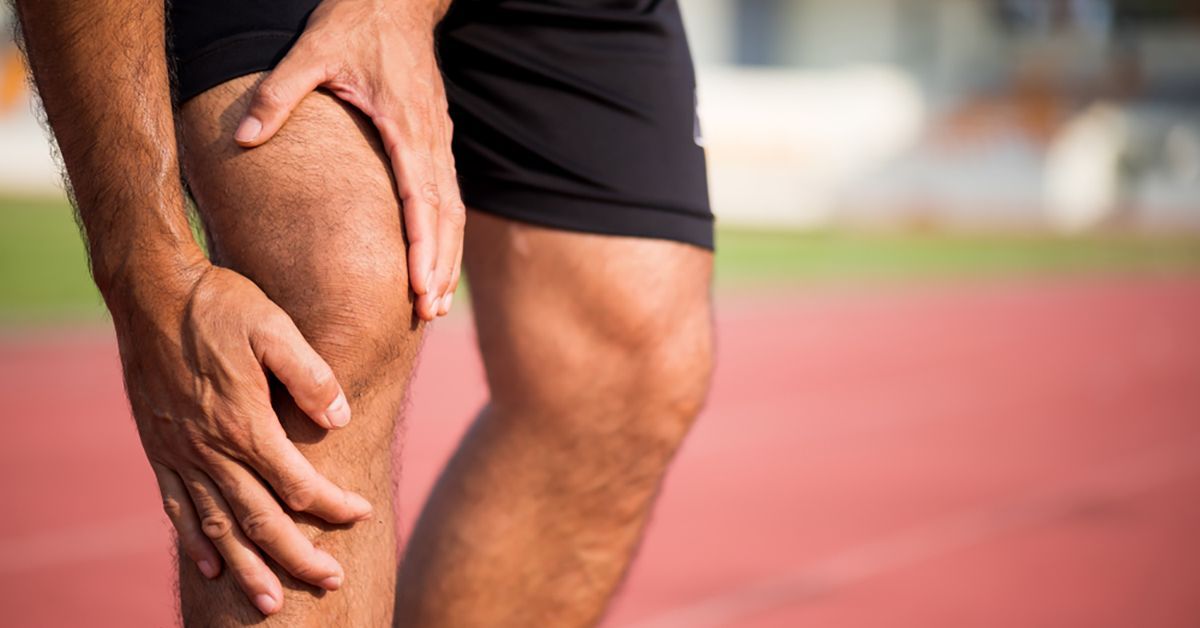
Here are a few of our key top tips for avoiding and managing running pains as we head into the warmer months and get out on the track more often. 1. Build KM's slowly "Too much, too soon" is the phrase you don't want to hear. Give your tissues the chance to build tolerance. 2. Bone pain = Serious Don't push through bony pain that gets worse as you run. Bone stress injuries are common and require management. 3. Don't forget, strength! Most running injuries are the result of tissues not being strong enough to tolerate the loads going through them. Stronger tissues get injured less. 4. Pounding the pavement Running is tough on the body, but when progressed well and with the strength to support it, you can do amazing things!
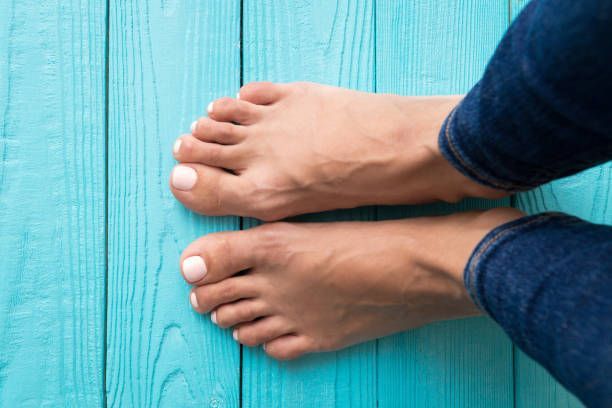
Why are foot mechanics important? The feet are the base of our kinetic chain. Poor foot mechanics can cause compensations, dysfunction and pain further up the chain; especially in hips or knees, but even lower back and neck. 1. Strength Complete exercises that strengthen the intrisic muscles of the feet. These are the muscles that control your toes and support your arch. 2. Mobility Good movement at the ankle and big toe are critical to correct foot function. Complete mobility exercises if you have reduced movement. 3. Proprioception Improve stability and balance in your foot and ankle. Practice single leg balance exercises, especially on a soft surface. 4. Barefoot walking Walk barefoot on soft surfaces such as sand and grass to strengthen the intrinsic muscles in the feet.

Consistency is key when it comes to building strength, improving movement and seeing real results. Doing 2-3 exercise sessions a week, rather than just one, helps reinforce good technique, boost fitness and maintain motivation. Group sessions can add accountability, support and fun to keep you on track. Consistency creates change 1. Regular exposure helps your body your body adapt and get stronger 2. Better reinforces movement patterns and technique 3. "Dose matters" - more frequent training leads to better strength and rehab outcomes (PTJ, 2017) The sweet spot, 2-3 times per week 1. Promotes steady gains in strength, endurance and confidence 2. Reinforces skills and movement quality 3. Linked to better pain, function and quality-of-life outcomes Why group sessions work 1. Social support boosts commitment and accountability 2. Guided sessions improve technique and consistency 3. More fun and motivating with group energy Ready to get started? 1. Head to our website via the link in our bio 2. Explore our class options and session times 3. Read more about how we can help you move and feel better 4. Get in touch if you're interested
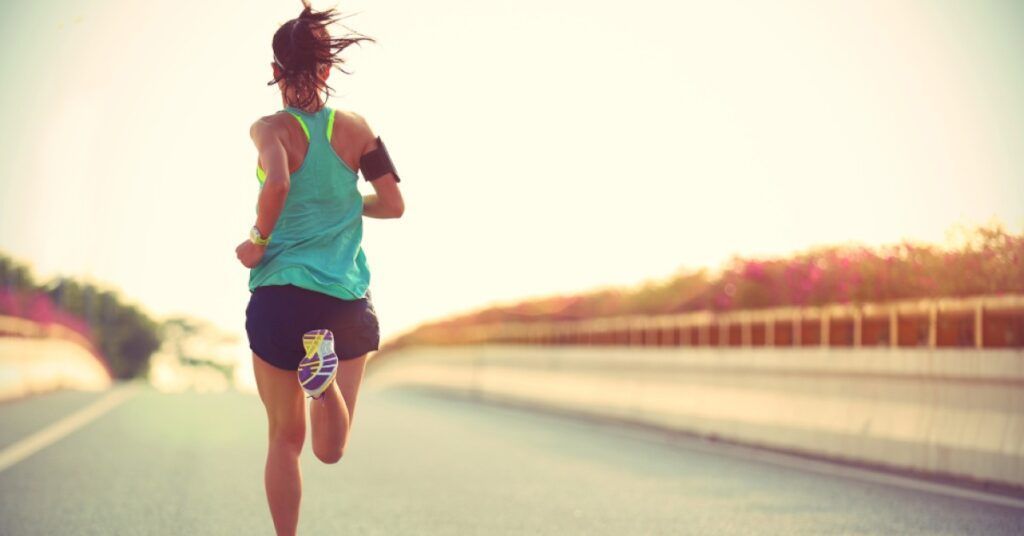
Want to stay injury-free? Focus on the three biggest predictors: Previous injuries, sudden spikes in training load and movement quality. Strengthen your body, train smart and move well to keep performing at your best! Previous injury The #1 factor for getting hurt again 1. Fully rehab before returning to play 2. Fix old weaknesses and movement issues 3. Report pain early - don't "train through it" Spikes in training load Sudden jumps in training or activity = big risk 1. Increase training volume by no more than 10% per week 2. Track your load (time, distance, RPE, weight) 3. Prioritize recovery and sleep (7-9 hours) Poor movement quality 1. Strengthen your core and stabilizers 2. Practice balance and coordination 3. Get feedback to refine technique 4. Quality beats quantity Other risk factors Poor sleep, high stress and muscle imbalances can also raise injury risk Prevention formula: Smart load + Strong movement + Full recovery= Fewer injuries and better performance
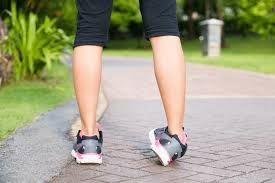
If you're experiencing recurrent ankle instability or have a history of multiple sprains, you may be dealing with chronic ankle stability. This condition often arises when the ankle joint becomes weakened and unstable, frequently due to incomplete healing following a previous injury. Fortunately, research indicates that targeted exercises can be highly beneficial! A 2025 study demonstrated that specific strengthening and balance training regimens effectively enhance ankle strength and stability, potentially mitigating the risk of recurring injuries. Therefore, even if your ankle feels improved after an injury, check in with your physio to develop a tailored exercise plan, promoting long-term ankle health!
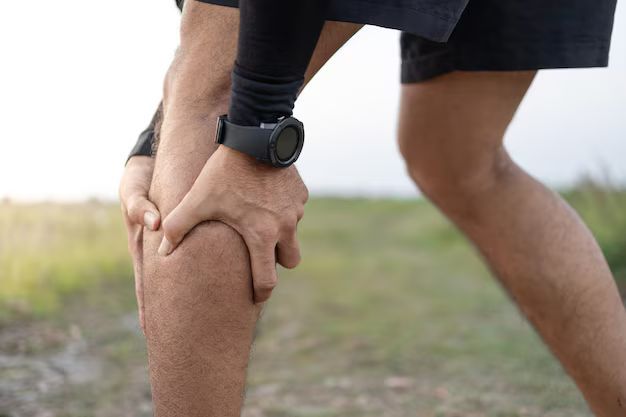
We see it all the time - people push through a small injury, only for it to return months or years later. Here's how to heal the right way so your niggle doesn't become a lifelong setback. Tip 1: See a professional early Don't sit at home guessing the problem. Early diagnosis is crucial to a smooth recovery. Tip 2: Do your homework from the physio Physio's may only see you for 30 mins - 1 hour a week. True recovery happens outside of this time with your rehabilitation program. So make sure you do it! Tip 3: Finish your treatment plan Treatment doesn't stop when pain is gone. The next phase is the most important to prevent ongoing pain/weakness and unfortunately is when most people stop treatment.
